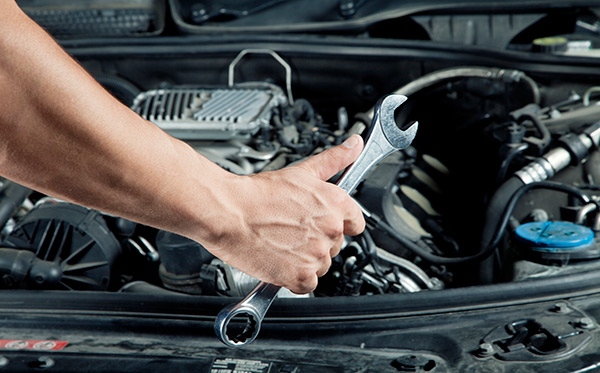
Chip-tuning modifies the processes, which take place in the steel heart of car. We all know that service centers are very jealous to any intervention in the vehicle. That’s why many drivers, who want to improve their cars using chip-tuning, hesitate on account of potential warranty problems. Are the right or wrong? There is no unique answer to this question. Let's have a closer acquaintance with the details of chip-tuning procedure to find out the truth. There are to principal approaches to this procedure. The first one is so called “remapping”. Highly qualified technician connect your car to the PC, downloads all the information from its ECU and then replaces it with new operating protocols. He doesn’t install any additional electronic modules. If everything is done right, there is a significant change in the engine power output characteristics. At first glance everything seems to be perfect, isn’t it? Unfortunately, there are some drawback. First of all, if new mapping protocols were chosen incorrectly, it results in severe engine malfunction or even in destruction of its parts. Secondly, service center staff has lots of ways to detect such intervention to the ECU and call off the warranty.
The second type of chip-tuning is a connecting of new control unit to the car’s ECU. It doesn’t have such dangerous potential risks as the first one. Additional unit just modifies electronic data obtained from different sensors, making ECU provide more fuel to the engine or enlarge the duration of fourth stroke. These changes lead to power and torque increase. As a rule, it is very simple to equip the car with the chip-box and it can be also easily removed before visiting to service station. It leaves no sign of presence in the ECU memory, and the warranty remains valid.
It takes less than an hour to install GT Chip on almost any car model and requires only general skills in the field of electricity.

